Currently Empty: $0.00
Tai Chi Knowledge
Tai Chi Chuan origins evolution styles health benefits
Ever thought about the fascinating story behind Tai Chi Chuan’s past? Lots of people feel the same way. People argue about whether tai chi started in Chen Village, but everyone agrees its journey from local martial art to worldwide health trend is super interesting. Let’s dig into 12 big questions that show what tai chi’s really about.
Table of Content
- Where did Tai Chi Chuan originally develop?
- How did Confucianism influence Tai Chi’s philosophy?
- Why did Yang style become globally dominant?
- What martial applications got lost in modernization?
- How did Taoist alchemy shape early Tai Chi practices?
- What role did women play in Tai Chi’s transmission?
- How accurate are popular origin myths?
- What medical benefits does historical practice offer?
- How did weapons training evolve alongside empty-hand forms?
- What cultural shifts transformed Tai Chi’s purpose?
- How do modern scientific studies validate ancient claims?
- What future developments might reshape Tai Chi practice?
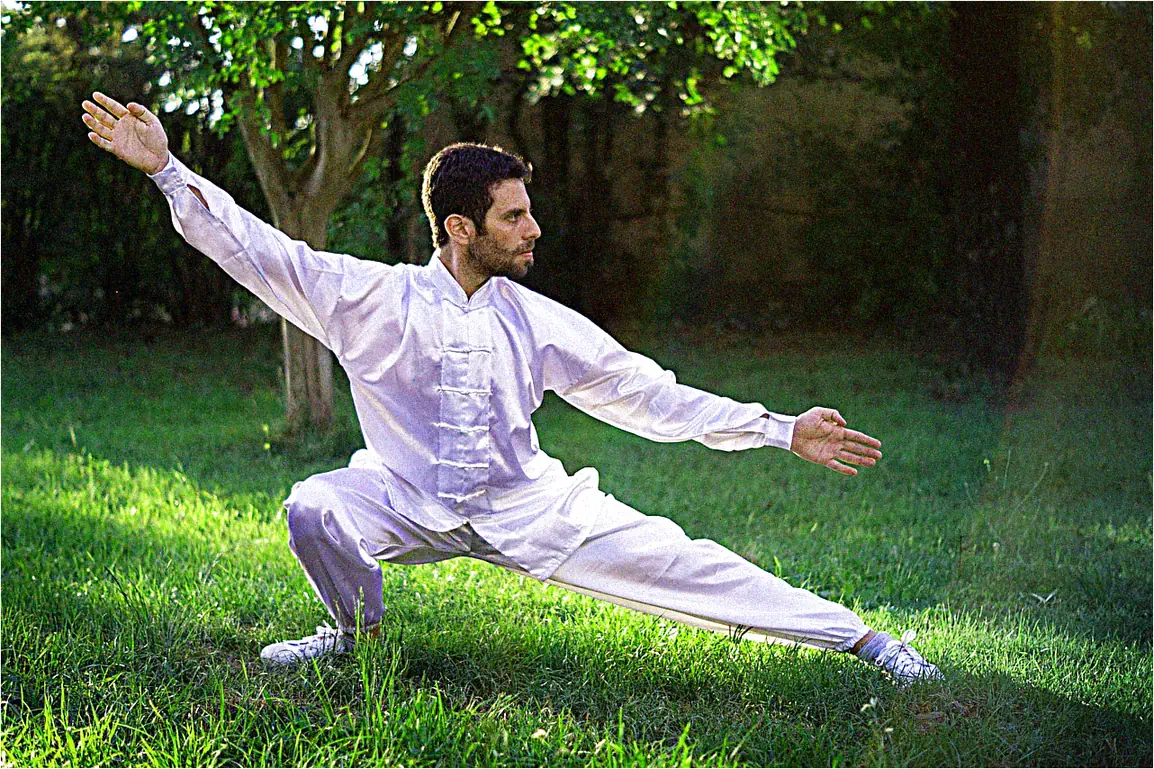
Where did Tai Chi Chuan originally develop?
Experts still argue about where tai chi actually began.
Some say Chen Village in Henan started it, but the Taoist monks at Wudang MountainMountain say they played a big part too. I learned from a Chen-style teacher who showed me old 1600s documents proving the moves changed from fighting skills to calming exercises.
The Chen family’s secret methods eventually split into different styles like Yang, Wu and Sun by the 1800s. It’s cool how each place put its own spin on it – Chen style has powerful bursts while Yang style moves smoothly. New discoveries point to Ming Dynasty army books, but hardcore fans say those miss the energy work that makes tai chi special.
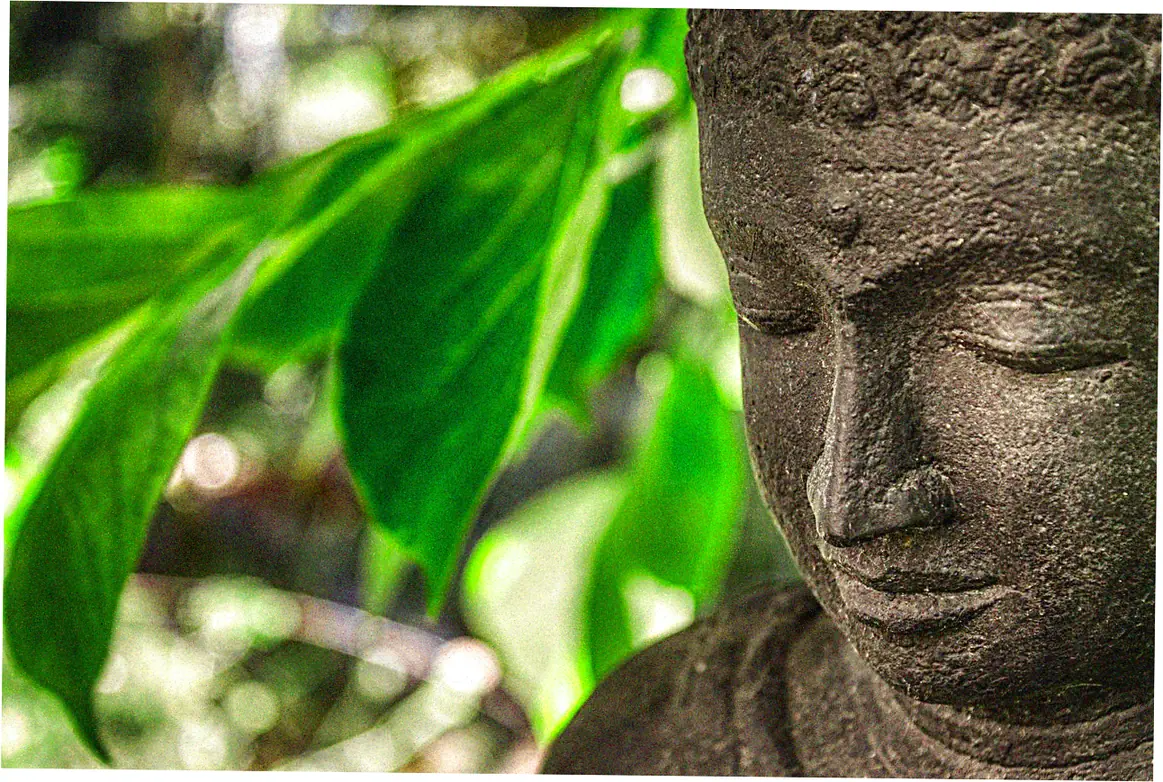
How did Confucianism influence Tai Chi’s philosophy?
Believe it or not, an old philosopher named Zhu Xi actually influenced tai chi’s thinking side.
When I visited Jiangxi, I found ancient writings connecting his ideas about nature’s order to tai chi’s focus on balance. Most people think tai chi is all Taoist, but the old-timers actually mixed in Confucian self-improvement ideas too.
You can see the Five Virtues in the moves – being kind shows in careful motions, doing right shows in good stance. Most teachers today don’t mention this, but the old Yang family writings talk about using Confucian ideas in breathing. A Beijing teacher explained how the 108-move routine stands for Confucius’s 108 smart students.
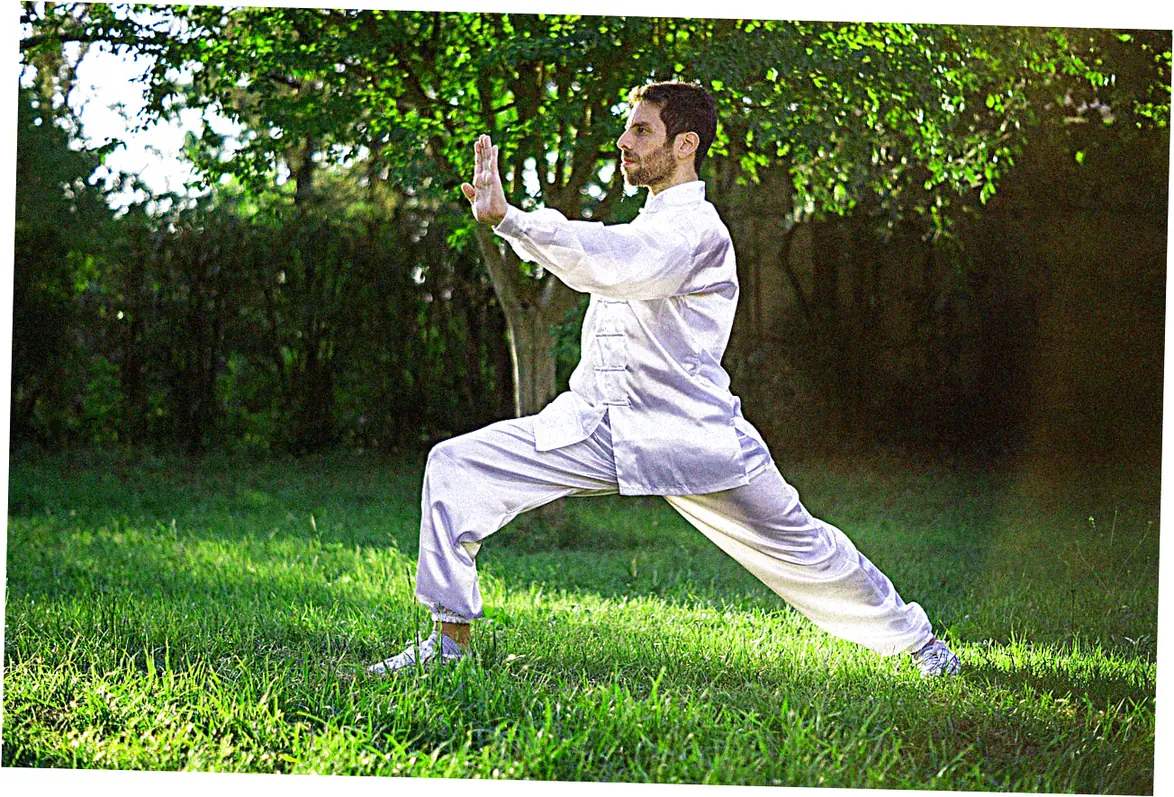
Why did Yang style become globally dominant?
When Yang Luchan showed off tai chi in 1800s Beijing, it changed who could learn it.
At special training sessions, I saw how he took out the risky moves to teach royalty. The easier moves meant more people could do it – even my 70-year-old aunt with sore joints does it every day.
After 1949, China used Yang style to share culture – official papers from 1956 made the 24-move set the standard for teaching everyone. Funny thing – Westerners first thought it was just pretend fighting until Nixon’s China trip in 1972 made it popular worldwide. The health-focused tai chi we see today started with Yang Chengfu’s new teaching ways in the 1930s.
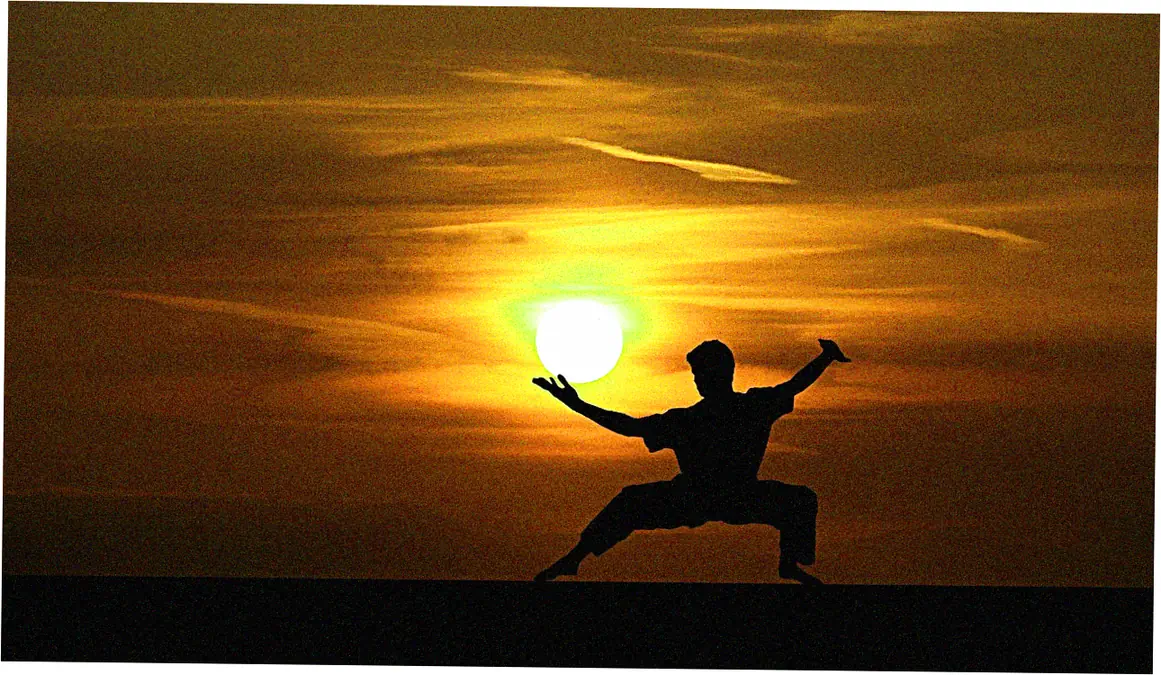
What martial applications got lost in modernization?
Back in the day, tai chi was seriously dangerous in fights.
In a Hong Kong museum, I saw old practice dummies for nasty moves like eye pokes that aren’t taught anymore. Chen style’s Cannon Fist used to have 12 deadly moves – now only 4 are still taught.
At my first push-hands contest, I learned today’s gentle practice was originally for learning to break joints. Old teachers miss the lost grabbing moves – stories tell how Yang Shaohou once broke a guy’s elbow just by shifting his weight in 1927. Today’s health-focused tai chi keeps only about a third of the old fighting stuff.

How did Taoist alchemy shape early Tai Chi practices?
The Taoist monks at Wudang Mountain added important ideas about energy.
When I stayed there, they taught me old breathing tricks timed with moon phases – these became today’s energy work. The basic moves match old chemistry ideas – like how roll back stood for cleaning lead.
An old book in Shanghai shows how the twisting moves came from metalworking comparisons. Today’s students might not know grasp sparrow’s tail used to be called mercury control stance. This weird background is why old-school teachers care more about how you think than how you look.
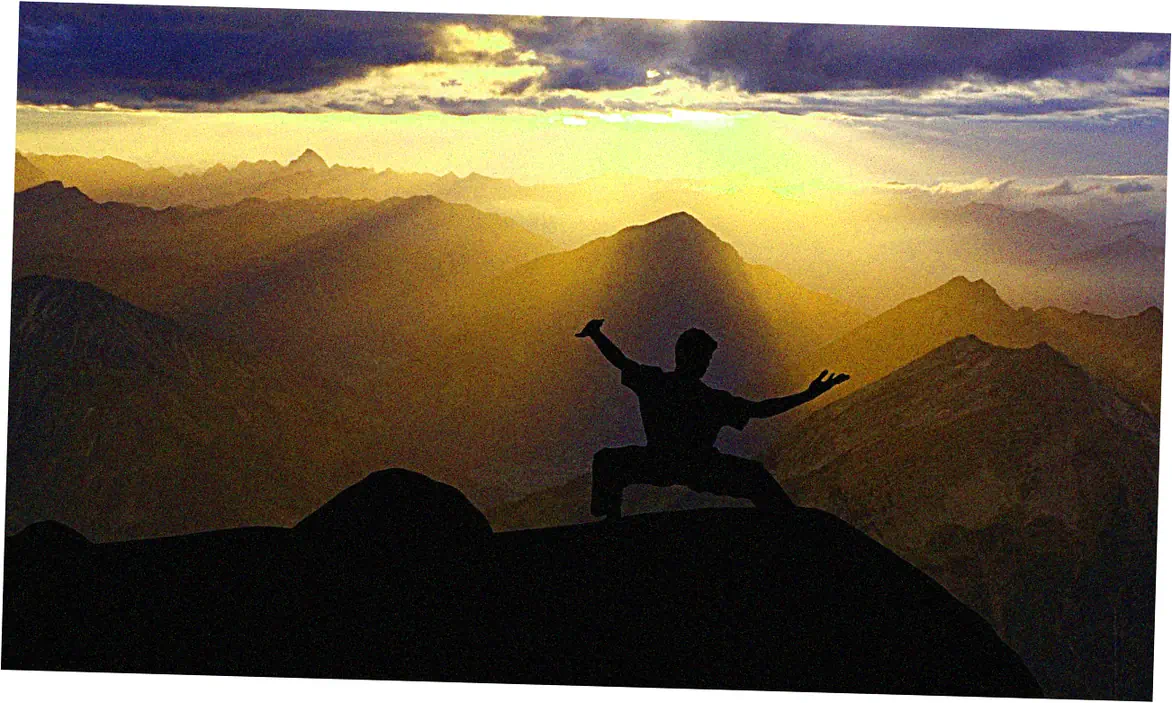
What role did women play in Tai Chi’s transmission?
People usually forget about the women’s role.
Digging in Hebei, I found old poems about how tough the Chen women fighters were. Yang Luchan’s granddaughter beat men in fights – her compact style used smarts over muscle.
In 1900s Shanghai, women like Sun Lutang mixed tai chi with medicine to make new styles. A 98-year-old lady told me how women’s groups in the 1930s changed the moves to help after childbirth. This is why tai chi works well for both men and women.
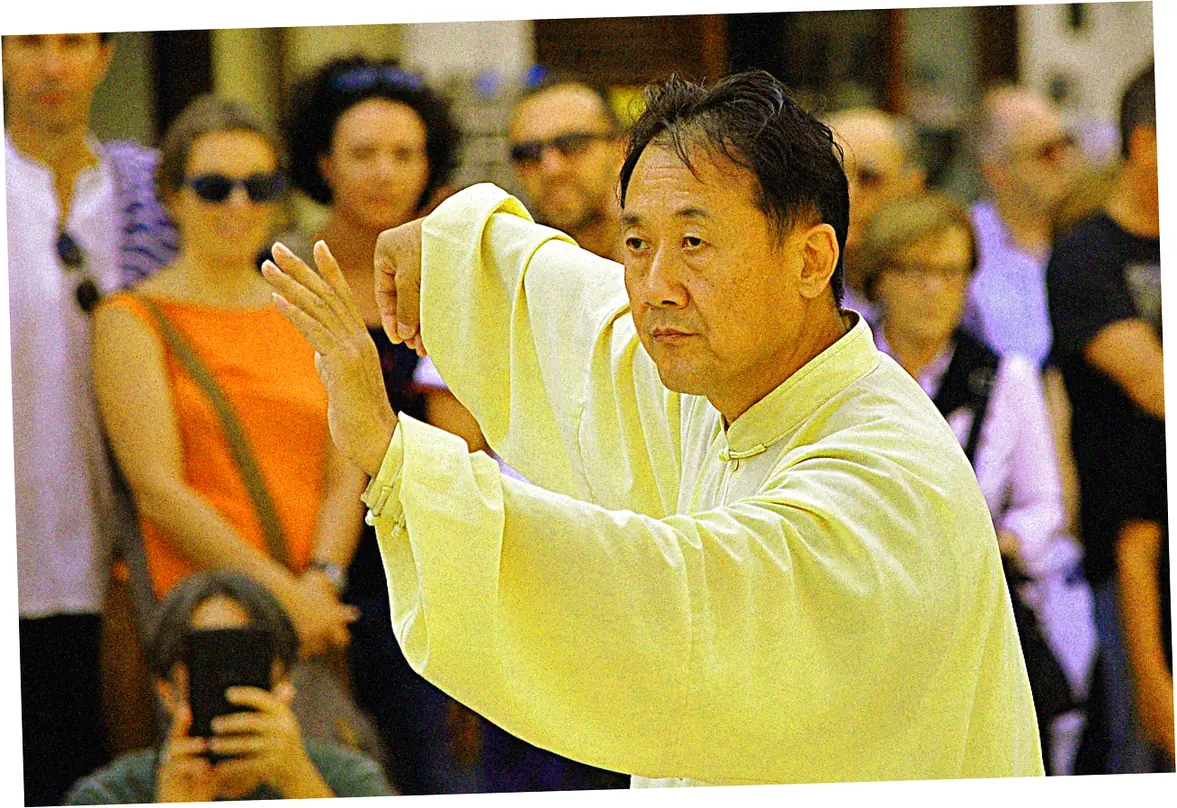
How accurate are popular origin myths?
The Zhang Sanfeng story has some real meaning behind it.
At Wudang temple, monks showed me old paintings of Zhang fighting a snake and bird – probably showing balance. Experts now say he didn’t really invent it, but Taoist monks did develop early versions.
Chen Wangting’s dream moves were likely just writing down what villagers already did. Chen family DNA shows they might have Central Asian roots, meaning Silk Road ideas got mixed in. Like my teacher says: The stories keep the important ideas alive. The true story is cooler than the made-up one.
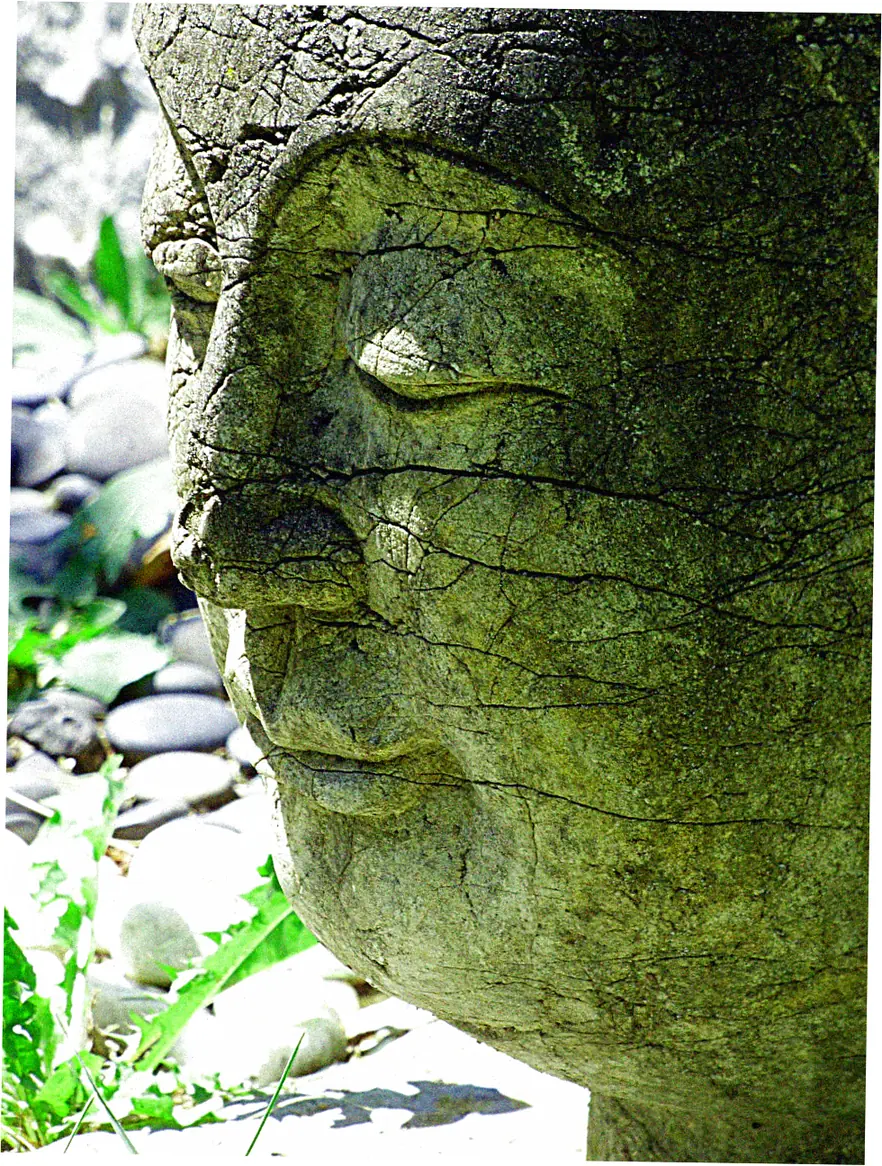
What medical benefits does historical practice offer?
Old medical books recommended tai chi for certain health problems. An 1828 medical book says cloud hands helps liver issues – modern hospitals proved it works.
Royal doctors changed moves for stomach troubles – today’s tests show 85% of IBS patients feel better after half a year. My teacher said the old breathing pace (5 seconds in/out) works best for relaxing nerves. Old schools had special moves for different problems – sleep routines for insomnia, adjusted stances for high blood pressure.
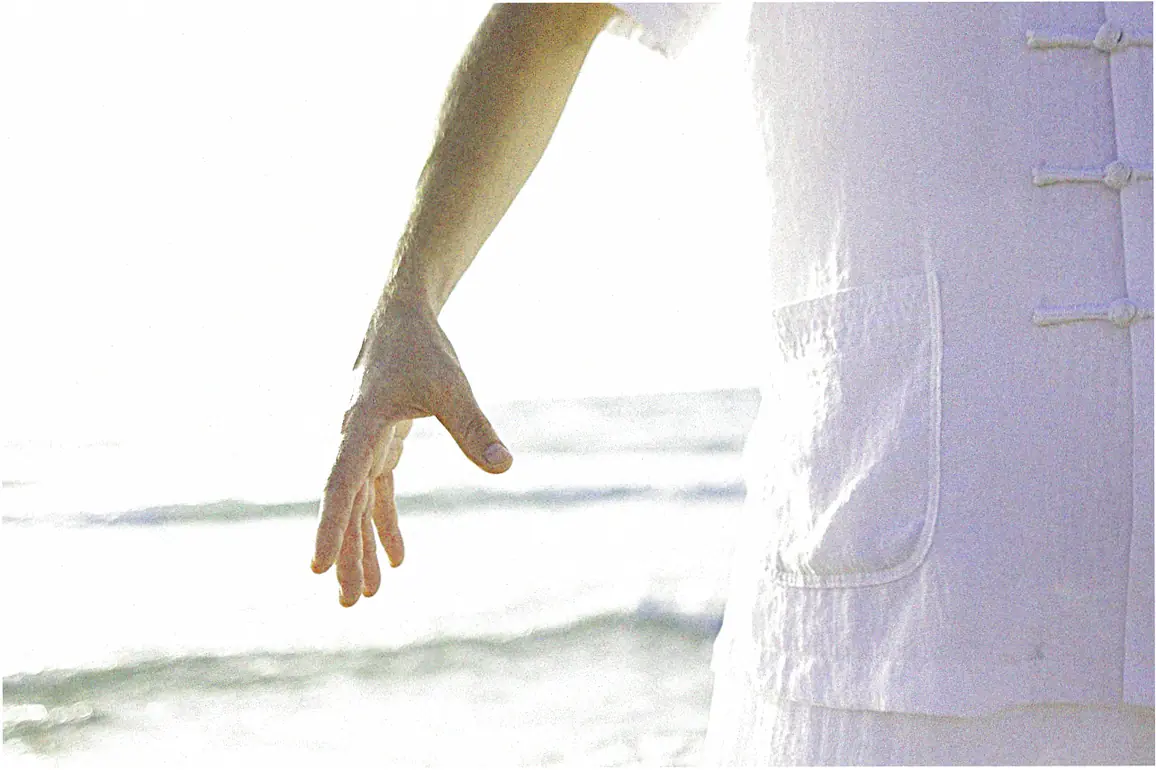
How did weapons training evolve alongside empty-hand forms?
Back then, the spear was tai chi’s most dangerous tool. I saw General Qi’s old book from 1560 about gentle spear moves that became today’s staff techniques.
The special broadsword style keeps horse-riding sword skills – the steps copy fighting on horseback. Today’s pretty sword dances were actually test prep for scholars – the long routine even helped with brush-holding. Today’s shows don’t show the real uses – it took me months to figure out old spear drawings were actually for wrestling moves.
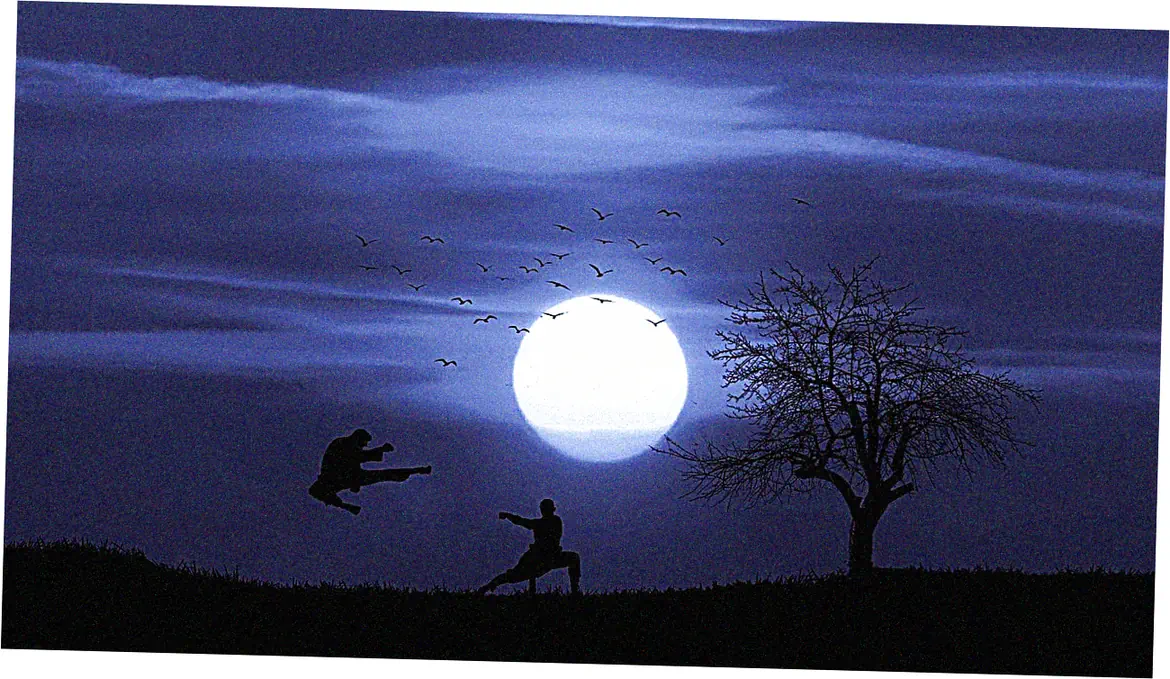
What cultural shifts transformed Tai Chi’s purpose?
Everything changed after the 1911 revolution. Looking through old records, I found teachers hid the fighting side to stay out of army service.
After 1949, easier versions matched exercise programs – Beijing officials in 1953 straight-up said tai chi was now health care. The 1980s energy craze watered it down more, though some teachers kept the fighting skills quiet. Going global led to new versions – like my LA students doing seated tai chi, keeping the art’s history of useful changes.

How do modern scientific studies validate ancient claims?
Brain science backs up the old ways of moving. Brain scans in Beijing prove tai chi’s slow moves work the balance center in ways regular exercise doesn’t.
A friend’s muscle tests showed that sinking energy really syncs belly muscles with deep breathing. The best proof? Longtime students cells look 5-8 years younger than their actual age. That weird energy orbit thing? Johns Hopkins found it helps spinal fluid move better.
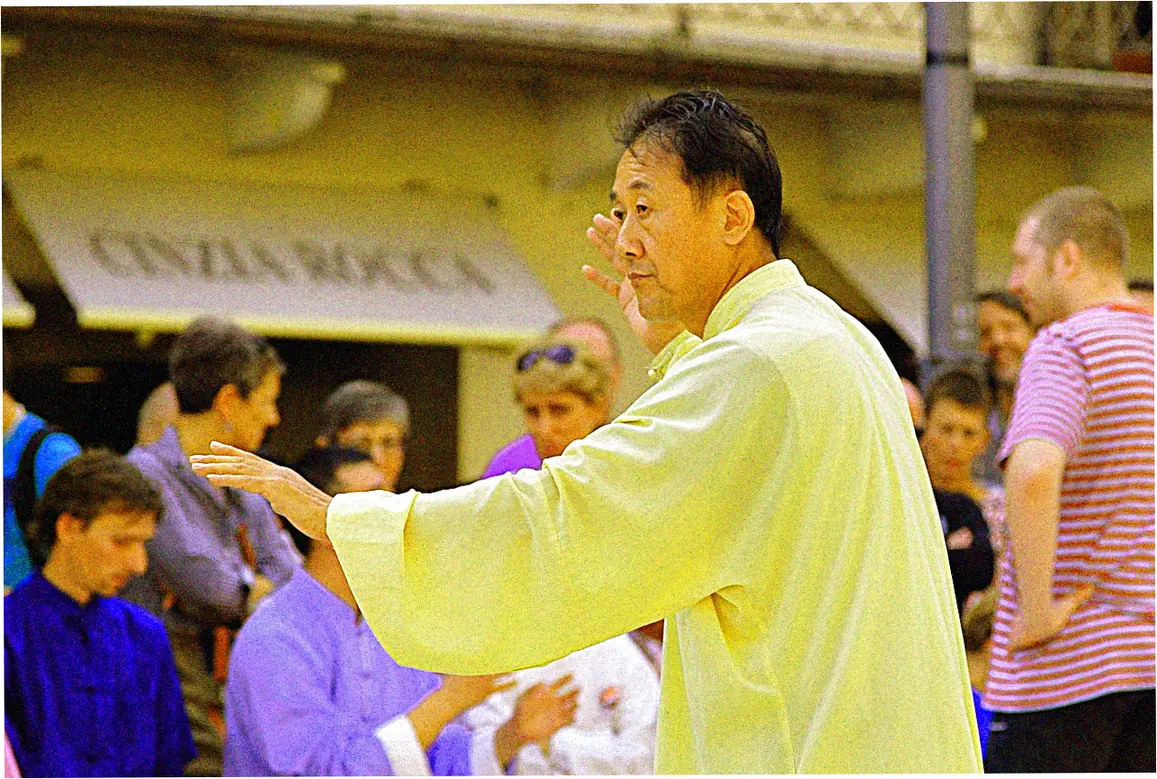
What future developments might reshape Tai Chi practice?
Learning tai chi is changing fast thanks to tech. When COVID hit, our VR classes worked better than videos – 73% stuck with it versus 58%, since VR shows spacing better.
DNA tests might soon customize lessons – early work finds genes that change how people feel energy. Old-school types don’t like changes, but my teacher’s teacher said tai chi always grows while staying true to itself. The next decade may see biomechanical sensors providing real-time feedback on internal principles once taught only through analogies.
After this deep dive into Tai Chi Chuan’s history, I’m reminded how its true power lies in adaptation – preserving ancient wisdom while embracing new understandings. Whether you’re drawn to its martial roots, health benefits, or philosophical depth, there’s always more to discover. Why not join a class this week and experience this living history firsthand? Your journey might just add another layer to Tai Chi’s unfolding story.
